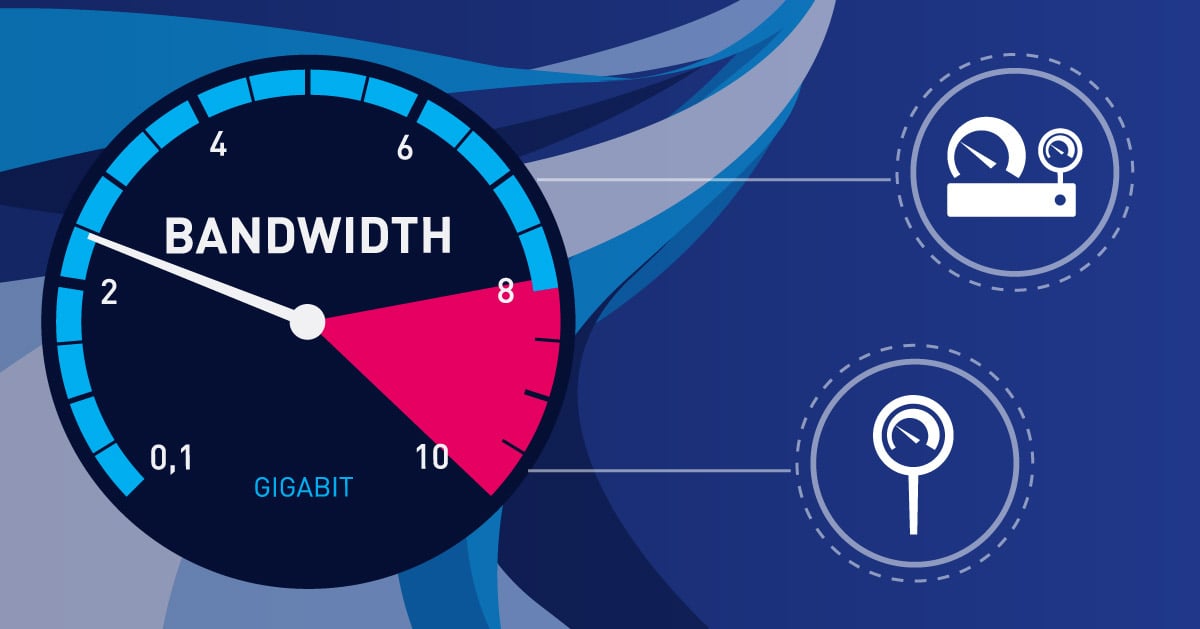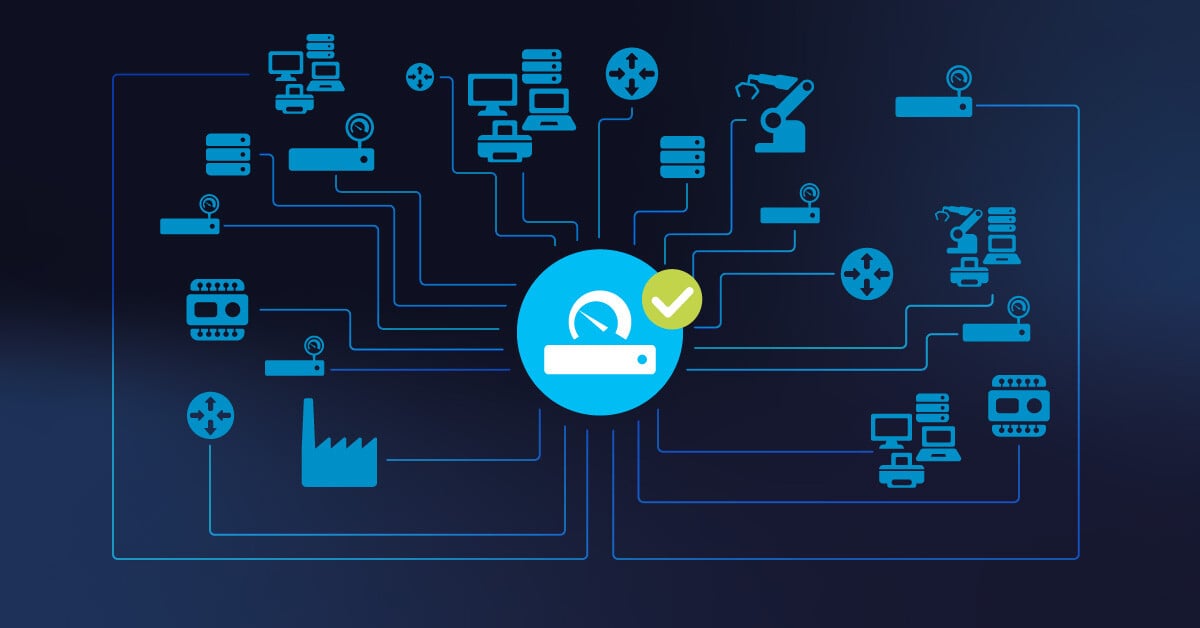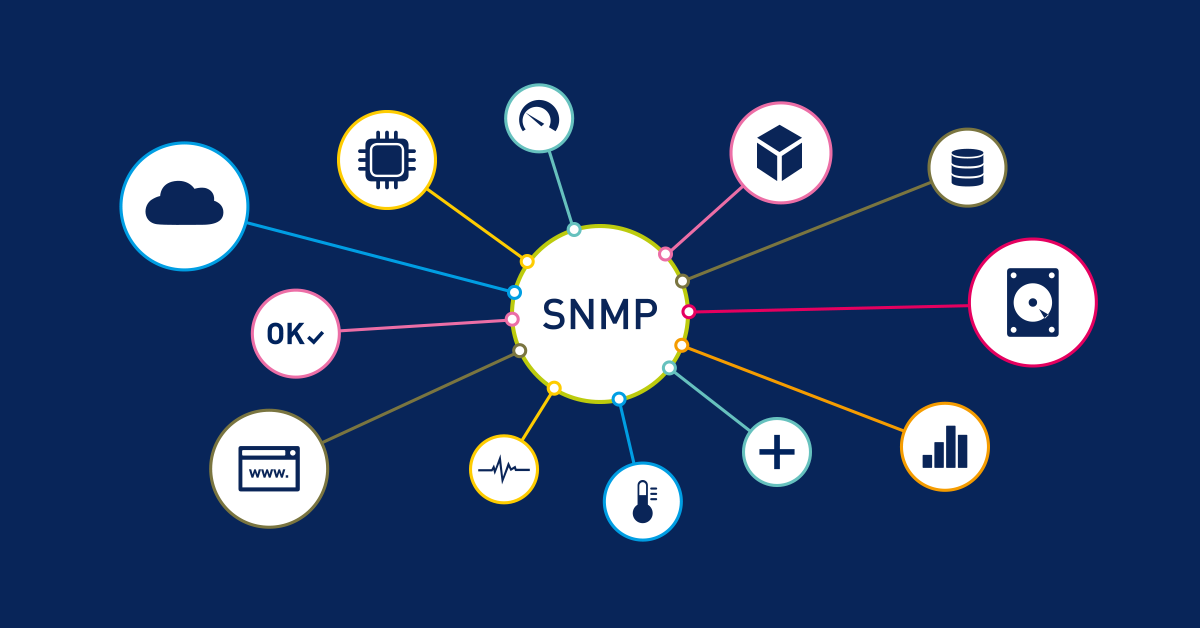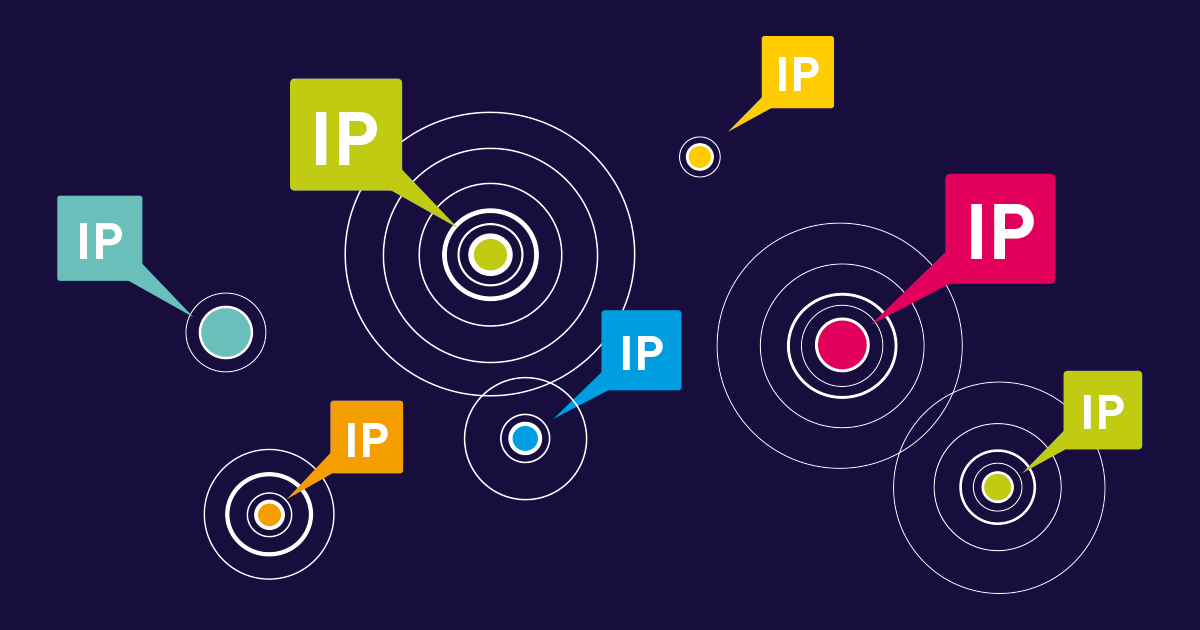Sysadmins can take advantage of network capacity planning to optimize their network performance and manage their bandwidth consumption effectively. Predicting potential network bottlenecks and measuring network traffic can help to provide smooth operation with less latency and jitter, and better network management for the entire network infrastructure.
What is Network Capacity Planning? Key Components and Benefits
Network capacity planning is the planning process of determining future bandwidth requirements of a network and provision for it. This process is also referred as network planning. Network capacity planning helps to determine current network utilization and future needs and provide in-depth analysis of areas of underutilization and overutilization which will be potential bottlenecks and help in network optimization. The key to effective network capacity planning is having an understanding of traffic patterns and key metrics to manage network resources appropriately and avoid future service outages.
A crucial thing to understand about network capacity planning is how it can help to foresee network congestion and increase throughput. By understanding historical data and visualizing network traffic, one can predict future data growth and use of the network. This leads to reduced unplanned network downtime, thereby enhancing the customer experience. Simplified approaches to network capacity planning and integrated network capacity planning tools, on the other hand, can help to augment your business operations and facilitate business expansion.
In addition to dynamic and static routing, practices such as storage capacity planning with Paessler PRTG can also help to improve performance management to avoid hindering crucial applications and network services.
Begin your free PRTG trial now and see for yourself how automated capacity planning detects network bottlenecks before they can affect your business:
Network Capacity Planning Use Cases: From SMBs to Enterprise
Network capacity planning delivers measurable business value across diverse industries and use cases. Here are five critical scenarios where proactive planning prevents costly outages and performance degradation:
1. Business Growth and Scaling
As an organization expands, its network requirements will typically grow proportionally, sometimes exponentially. For instance, a medium-sized company, supporting 50 employees and currently in the middle of a cloud migration process, may see its network bandwidth requirements double in the course of six months (300% growth). This can happen as the result of multiple factors, such as hiring new employees, onboarding new applications and services, and the need for a higher data transfer rate for the migrated services.
2. Seasonal Traffic Management
Seasonal fluctuations in network traffic can have a dramatic effect on businesses. For example, traffic to e-commerce sites can increase by 400-600% during seasonal holiday shopping. Capacity planning allows these organizations to provision enough capacity to handle peak demand, without over-provisioning and wasting money during off-peak periods.
3. Cloud Migration Initiatives
For existing applications, it is necessary to have a precise bandwidth estimation, to make sure that enough capacity is available in the cloud environment. For example, underestimating the required capacity could result in bottlenecks during the migration process and can lead to cloud-hosted applications performing poorly.
4. Remote Work Infrastructure
Hybrid work models are becoming more common, which means businesses have to ensure their networks can handle remote employees. This could involve planning for higher VPN capacity and provisioning enough bandwidth for collaboration tools to avoid slow-downs during busy periods.
5. Disaster Recovery Preparedness
Disaster recovery and business continuity planning may require extra network capacity for failover to backup systems and locations. A business may want to have additional bandwidth capacity reserved so that backup systems can be switched in without service disruption, if the primary systems should fail.
How PRTG Helped an IT Team Meet Their Monitoring Need
The IT team in this story used Paessler PRTG to visualize and track both historical and real-time network traffic patterns. This provided much-needed insights that not only assisted them in making better decisions on various projects involving network management, but also in proactively taking corrective measures to prevent problems, resulting in a much better user experience for end-users. By being able to effectively take PRTG and the data it provided to help make both immediate and informed decisions, the IT team could be there for their business by monitoring and responding to how much data was flowing across their network in real-time.
For more on how to overcome network capacity planning challenges, check out the resources: network capacity planning 101 and best way of network capacity planning with nms in 2024.
PRTG Network Monitoring: Advanced Capacity Planning Features
PRTG Network Monitor provides comprehensive tools for network capacity planning with hundreds of specialized sensors:
Bandwidth Monitoring Capabilities
- Flow-based monitoring: NetFlow, sFlow, jFlow, and IPFIX support for detailed traffic analysis
- SNMP monitoring: Real-time bandwidth utilization tracking across all network devices
- Packet sniffing: Deep packet inspection for granular traffic classification and error rate detection
Performance Analytics
- Historical data reports: Track long-term trends for accurate capacity forecasting
- Custom dashboards: Real-time visualization of critical capacity metrics including CPU utilization
- Automated alerts: Proactive notifications when thresholds approach capacity limits
Scalability Features
- Distributed monitoring: Monitor multiple network segments from centralized management
- Remote probes: Extend monitoring capabilities across WAN connections and remote sites
- Cluster support: High-availability monitoring for mission-critical networks
👉 Download your free 30-day PRTG trial to experience advanced capacity planning tools firsthand.
FAQs
1. What is network capacity planning and why is it important?
Network capacity planning is the process of anticipating future network requirements in order to prevent network bottlenecks and outages. It is important because it ensures that the network can accommodate increasing traffic volumes and maintain optimal network performance.
➡️ Storage capacity planning with PRTG
2. What are the key benefits of network capacity planning?
Network capacity planning helps organizations predict future demands, optimize bandwidth usage, and prevent outages. It enhances performance metrics by enabling better allocation of network resources, thus supporting uninterrupted business operations.
3. How does network capacity planning help avoid network issues?
By using historical data and performance metrics, network capacity planning can identify areas at risk of congestion and optimize bandwidth allocation to prevent issues before they occur.
➡️ How to avoid these 12 network issues before they occur
4. What role do performance metrics play in network capacity planning?
Performance metrics are vital for assessing network utilization and identifying areas that require upgrades or adjustments. By analyzing these metrics, IT teams can better manage capacity needs and avoid packet loss.
➡️ Monitoring MikroTik RouterOS is easy with PRTG
Ready to transform your network capacity planning? Get PRTG's 30-day free trial with full access to bandwidth monitoring, automated alerts, and predictive analytics.
 Published by
Published by 











